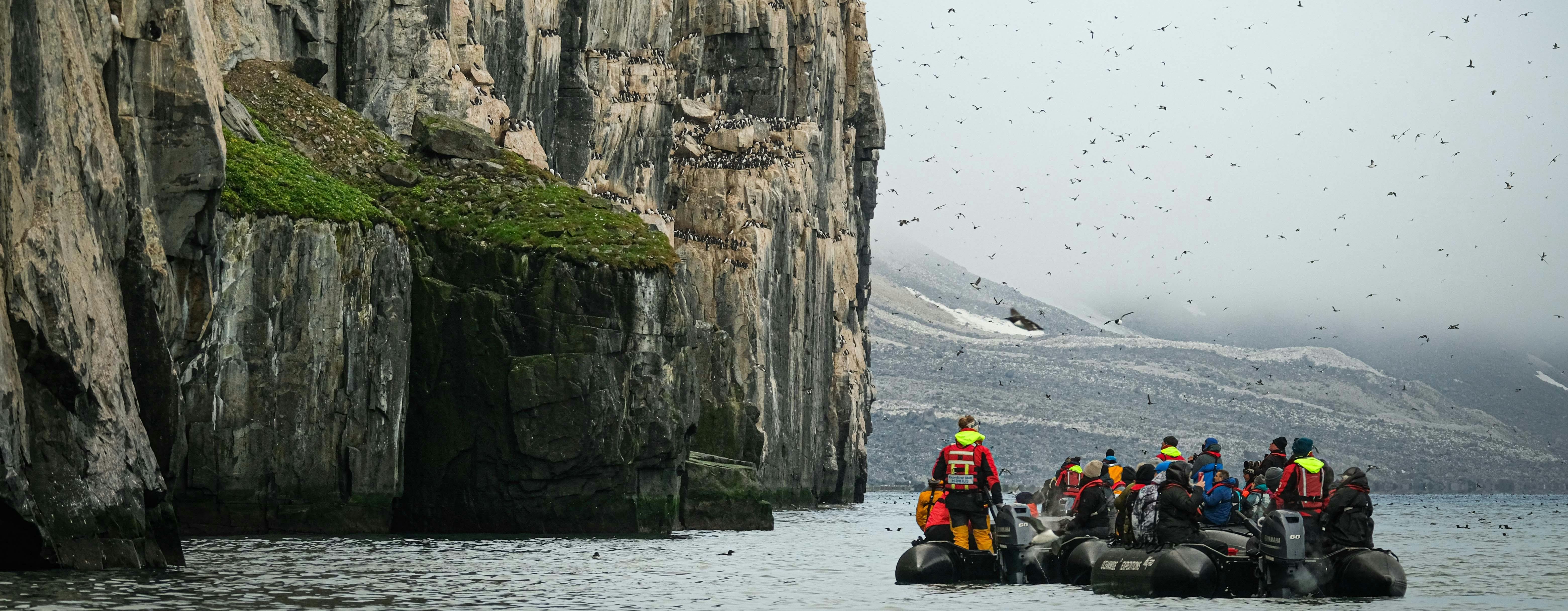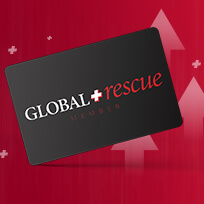Most people who go out and enjoy the outdoors don’t think they will become lost — and they certainly don’t intend to. The reality though, is that it can happen shockingly fast.
Trails can fade or become overgrown. All of the rocks you try to remember as landmarks can start to look similar when you are in a canyon or above the treeline.
Even if you have a map, you might walk for hours without looking at it, confident in your bearing when, in fact, you have no clue where you are.
How to Stay Safe in the Wilderness
Becoming disoriented in the wilderness does not have to be disastrous. Following these simple rules will help you stay safe and get found.
Don’t panic. People rarely make good decisions when they are hysterical, so once you realize the pickle you are in, take some deep breaths and relax. Assess your situation. What gear, food and clothing do you have with you? Would someone know you’re missing?
Stay put. All instincts will tell you to keep moving, to keep looking for that last place you recognize. This instinct is lying to you. A little backtracking is fine and maybe you can move to some high ground to try and get your bearings (or a cell signal).
If you do this and determine that yes, you are truly lost, now is the time to get comfortable. Moving without knowing where you are headed simply makes you tired and being tired increases your risk of injury. You go through whatever food and water you have faster too. Now your priorities are water, shelter, fire and food. In that order.
…except when you shouldn’t. There is one exception to the “stay put”rule: if you messed up and didn’t tell anyone where you are going, they won’t find you if they don’t know you’re missing or where to look.
A general rule to follow here is to head downhill. Eventually you will hit a stream. Now you have water to drink and a terrain feature you can use as a guide. This stream will eventually flow into a larger stream and then a larger one and so on. You will usually find people near a water source, which increases your odds of finding help.
Advertise your dilemma. Whether staying put or on the move, call out and do your best to make yourself seen. If you have a whistle, use it.
Bright colored clothing or tents should be as visible as possible and yes, if you have to move a bit to get to a field or clearing so you are visible from the air, that’s OK.
Also, start a fire. It will keep you warm and burning green leaves will make lots of smoke that can be seen from a long distance.
Avoid getting lost in the first place. With a little bit of planning and knowledge, there is very little reason to get lost in this day and age.
- Always tell someone where you are going and when to expect your return or a phone call.
- Have a GPS and/or map of the area. You don’t need to be a whiz with a compass but you need to at least know how to use it to orient a map to north and follow a cardinal direction.
- Use the My Global Rescue mobile app to leave breadcrumbs along the way.
- Dress for the weather, have a container for water and means to purify it.
- Have fire starters and the knowledge to use them.
- Be prepared to spend the night, even an uncomfortable one, outside.
These simple rules apply pretty much across the board for wilderness travel and they will keep you happy, safe and most importantly not lost the next time you head out into the woods.
Global Rescue memberships include personalized advisory services, 24/7/365 emergency assistance and evacuation services at no additional cost to you. To learn more about membership benefits, click here.











